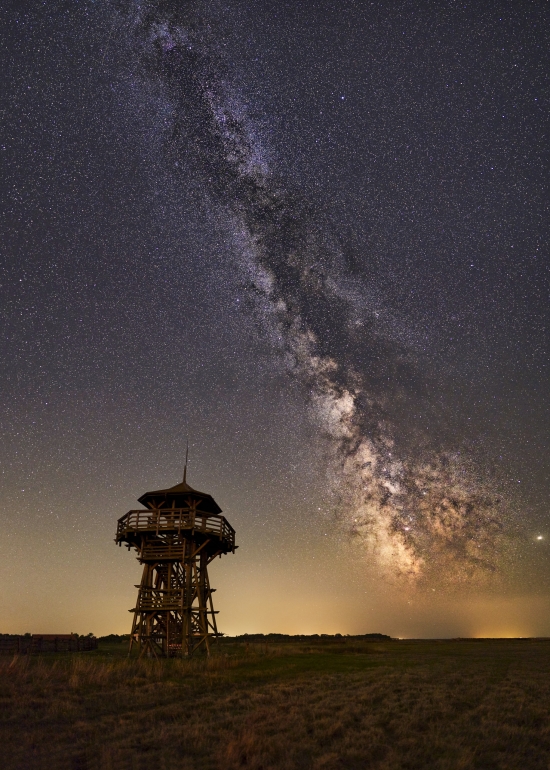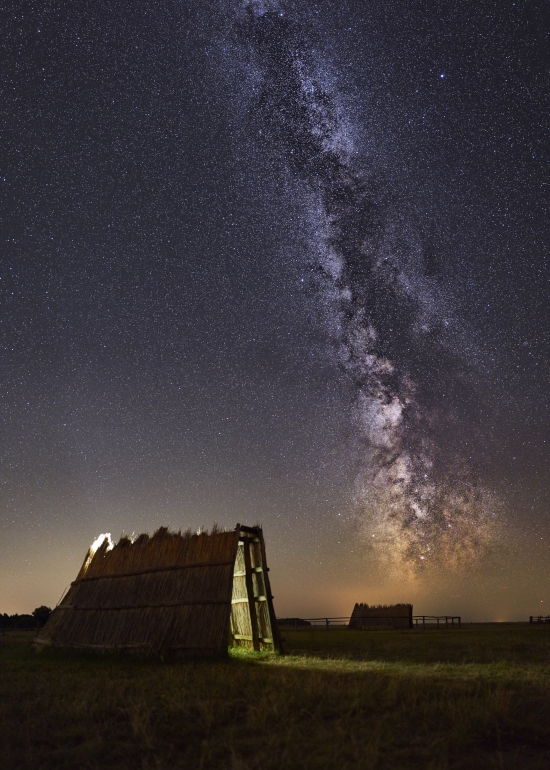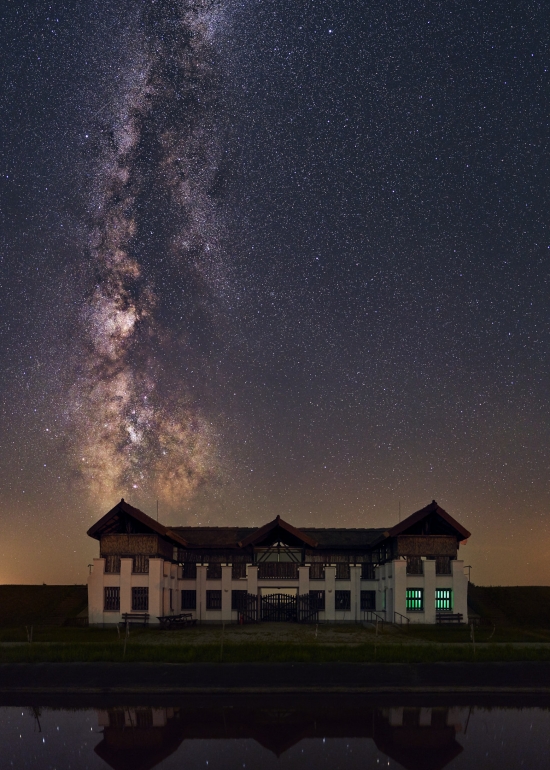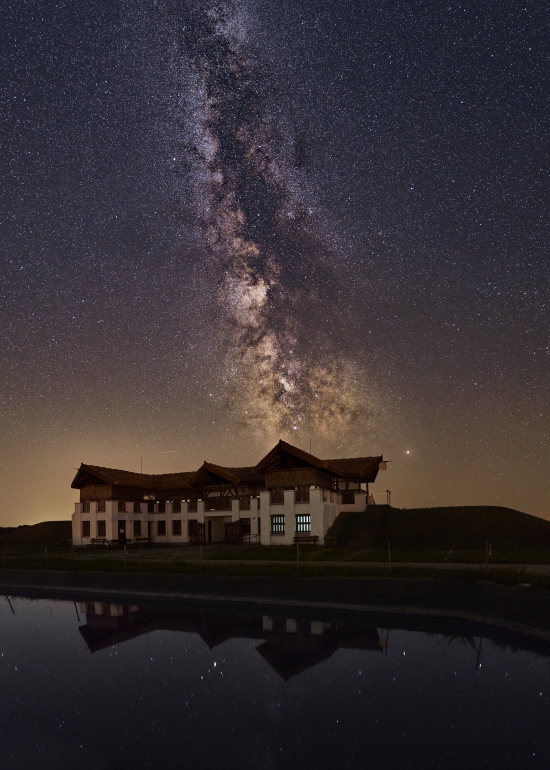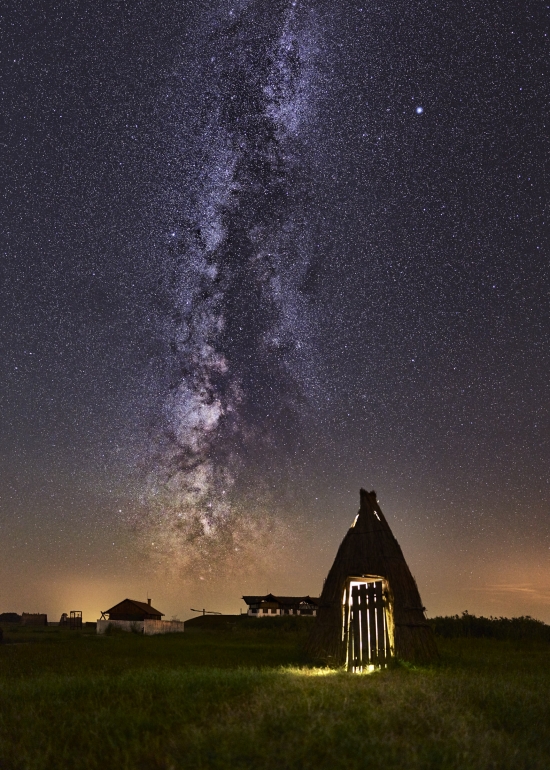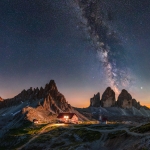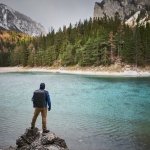Hungarian traditions
Hungarian traditions
There are different ways to spend your nights…you can relax, sleep and dream about your camera gear…or you can join the tough ones and spend your whole night out in nature. That theory could be the fuel for your excuses to skyrocket yourself to location.
When it comes to astrophotography your only time slot is somewhere between 09 pm and 04am depending on the season. In the early stage you need to stay awake till the first morning lights. As you approach the latter period of the season (August – September – October) you can catch the Milky way after the evening News. However we cannot neglect the most important factor, Weather…
– hallowed be her name –
Happy to share the TOP 3 helpful tools we have been using for years and helped a lot. Frankly speaking could not live without them.
1. Accurate weather forecast for 3-4 days – Weather forecast
2. Light pollution map to check the potential spots – Map
3. Tool for planning (moon phases, sun, Milky way) – Photopills app
(you can download for iOS and Android, I recommend buying it as it will make your life a ton easier)
1 day before this trip it seemed that clouds will cover the sky. Next day the forecast changed and that was the green flag to departure. The is place in Hungary we call lowland, the Hortobagy. It is famous about the unique animal and plant fauna. It is one of the three Hungarian Dark sky parks. It has an extremely dry climate during summer that was one of the reason of the shadoofs. Now they are part of the Hungarian heritage and protected. Usually within private property so not that easy to access. Especially when you look for a unique double, triple shadoof or even with 4 arms. It needs proper planning and arrangement with the property owners.
We had luck this time as there was no appointment, just arrived. The security guy was kind enough to let us in.
It was the latter period of the season so the Milky way raised early, already at 09:15 pm. We had 2 clean hours of capturing the stars with different landmarks.
All the pictures are vertical panoramas (some call them vertorama) made of 5-6 pictures. The camera body is a Sony A7iii combined with the 24 f1.4 GM lens. The tripod was also supported with a 2D panorama head and a nodal slide (to avoid parallax).
Editing was done in Capture One and Photoshop (you can also use Lightroom) and stitched in PTGui.
After leaving location there is always little nervousness if the pictures were taken properly with enough overlap and correctly focused. That gives the other beauty. Next day you can harvest your fruits and live through the nightscape again by your images.
” The art of being happy is to be satisfied with what you have. ”
Comments are closed.

